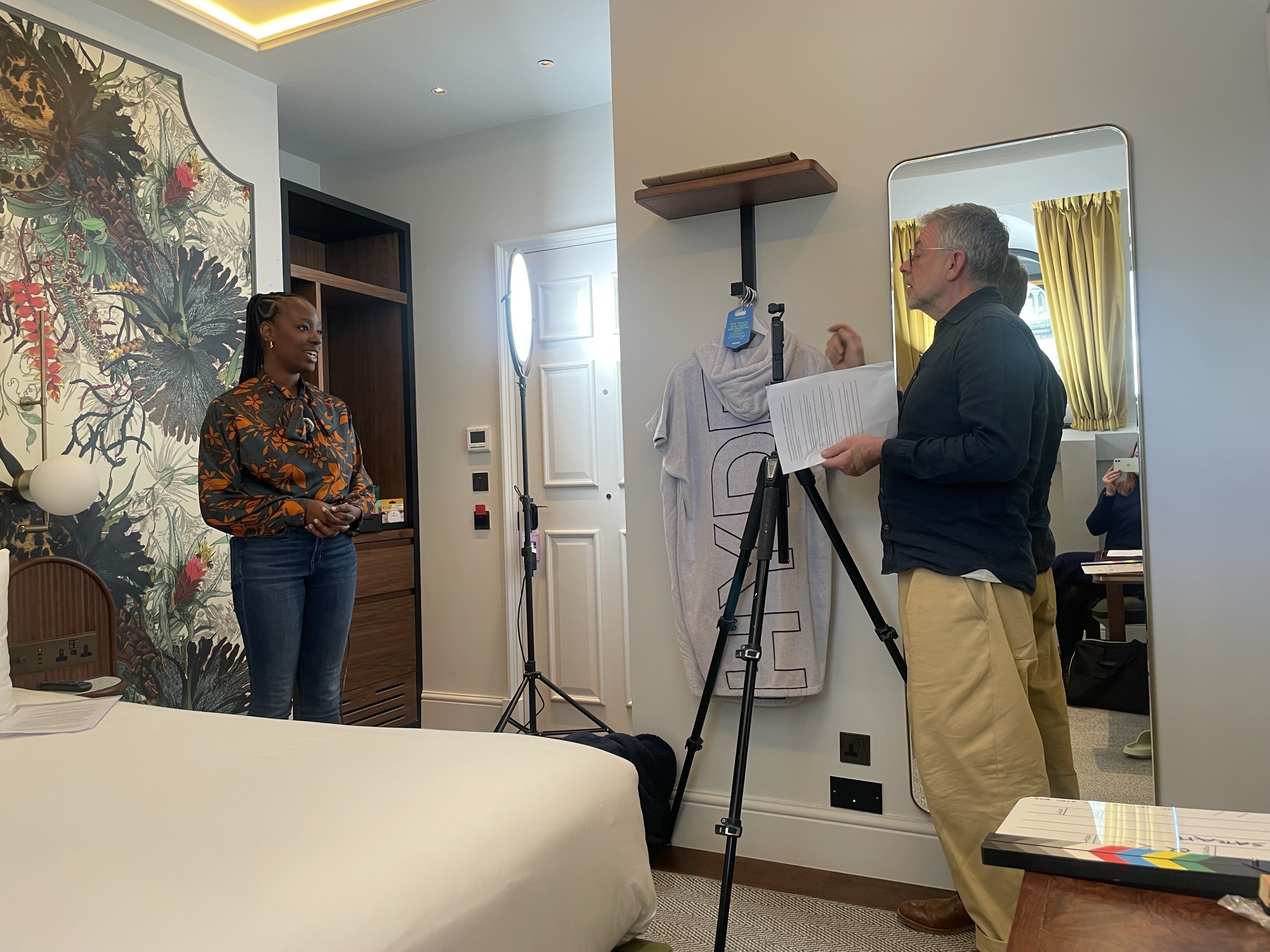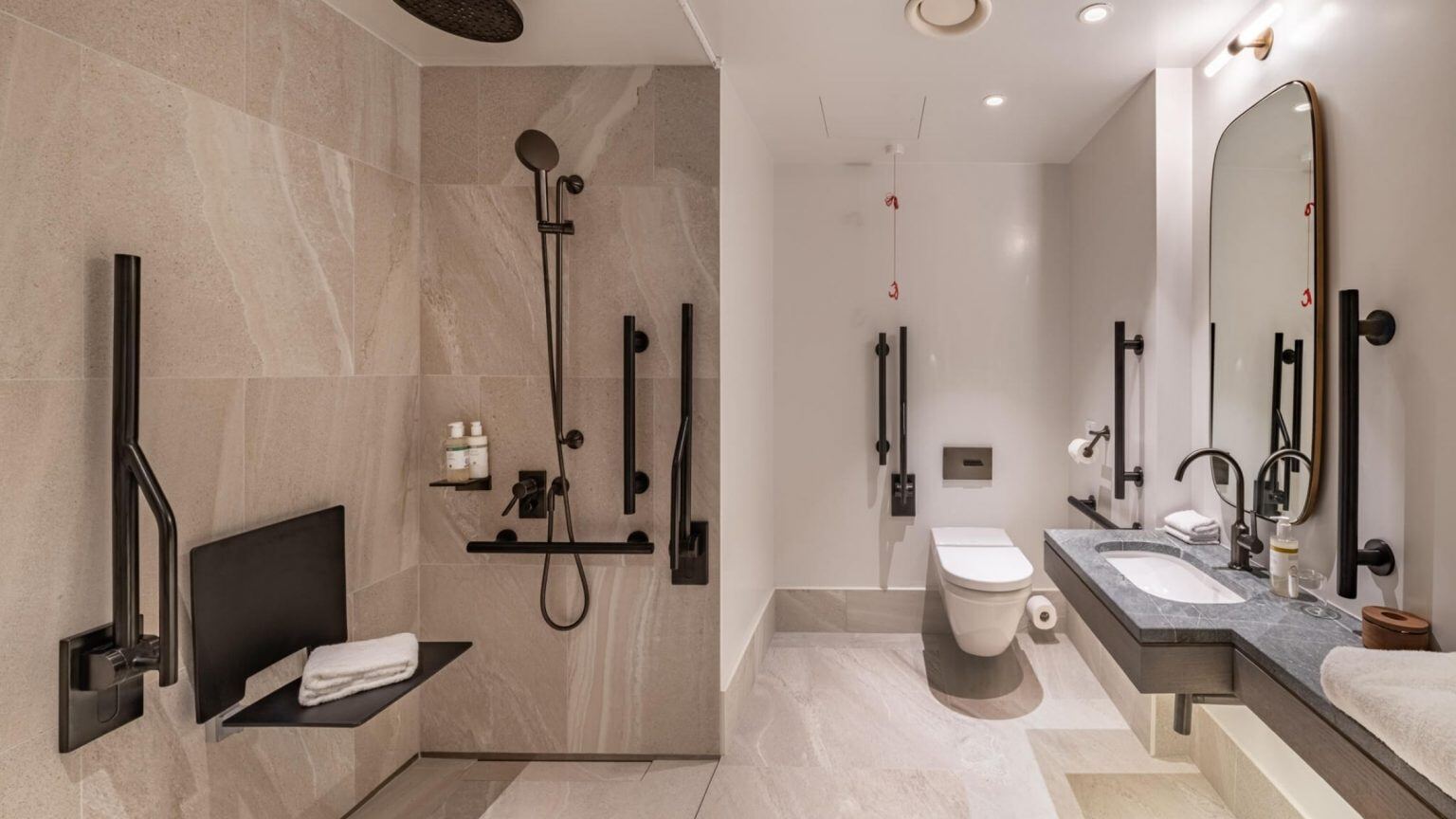Common Challenges in Inclusive Washrooms
Isaac highlighted several recurring issues:
- Space Constraints: Many facilities lack sufficient space for various wheelchair sizes.
- Shared Spaces: Accessible bathrooms sometimes serve as storage for cleaning equipment, which is both impractical and disrespectful.
- Equipment Placement: Essential items like grab rails and emergency switches are often poorly positioned, making them unusable in emergencies.
"Space is a big one. There doesn’t always seem to be enough room for any sized wheelchair." - Isaac Harvey
Worst Experiences
Isaac recounted a particularly poor experience at a café near Waterloo in London, where the accessible toilet was cluttered with staff locker room items and cleaning equipment. This setup is not only impractical but also disrespectful to users who rely on these facilities.
Annoying Oversights
Isaac mentioned avoidable issues that worsen accessibility challenges:
- Tight Spaces: Some washrooms are so small that wheelchair users must leave their chairs outside, causing unnecessary inconvenience.
- Inadequate Facilities: poorly placed grab rails and emergency switches can pose safety hazards.
Positive Experiences
Isaac also shared positive encounters, especially in hotels that exceed expectations. He praised Premier Inns and Ibis hotels for their spacious and well-equipped accessible washrooms. He also appreciated innovative designs, such as the fold-down shower chair he encountered at a New York hotel.
Luxury in Accessible Washrooms
Isaac noted that most accessible washrooms lack a luxurious feel, often resembling hospital settings with standard white rails. However, he commended Fitzroy of London for creating inclusive designs that harmonize with the room’s aesthetics.
"It’s nice to have [the rails] in the same design as the room. It’s nice to have that." - Isaac Harvey

Isaac’s feedback underscores the importance of inclusive design that enhances both style and functionality. His insights inspire us to continue innovating and challenging other design professionals to create more inclusive and thoughtful spaces.
Key Takeaways
- Design with input from Disabled Individuals: including voices from the disabled community ensures that accessible designs meet real needs.
- Ensure sufficient space: adequate space for all wheelchair sizes is crucial.
- Maintain clear and dedicated spaces: avoid using accessible washrooms for storage.
- Position equipment thoughtfully: ensure grab rails and emergency switches are accessible.
- Strive for luxury and inclusivity: inclusive designs should match the room’s aesthetics to make users feel valued.




